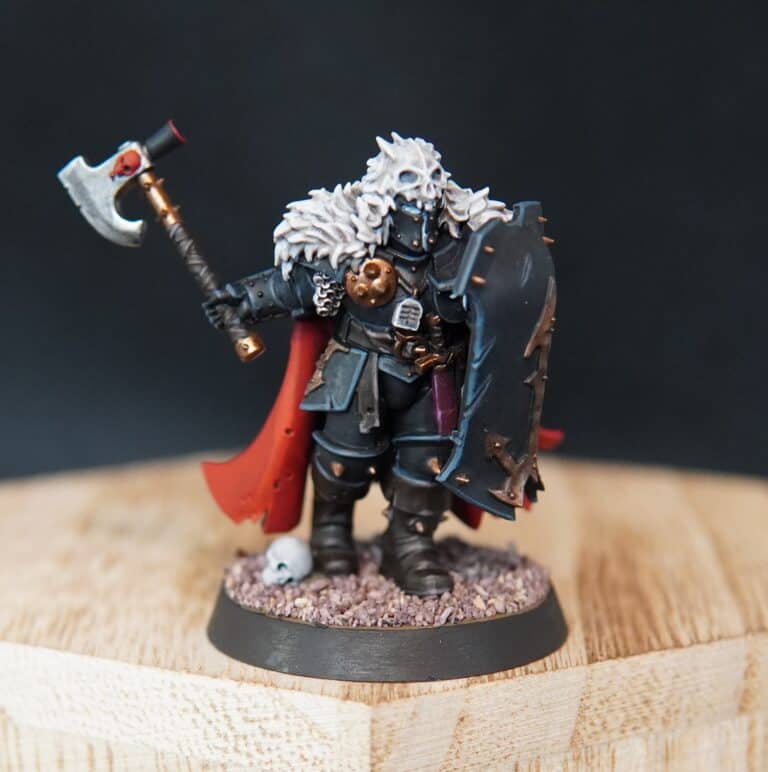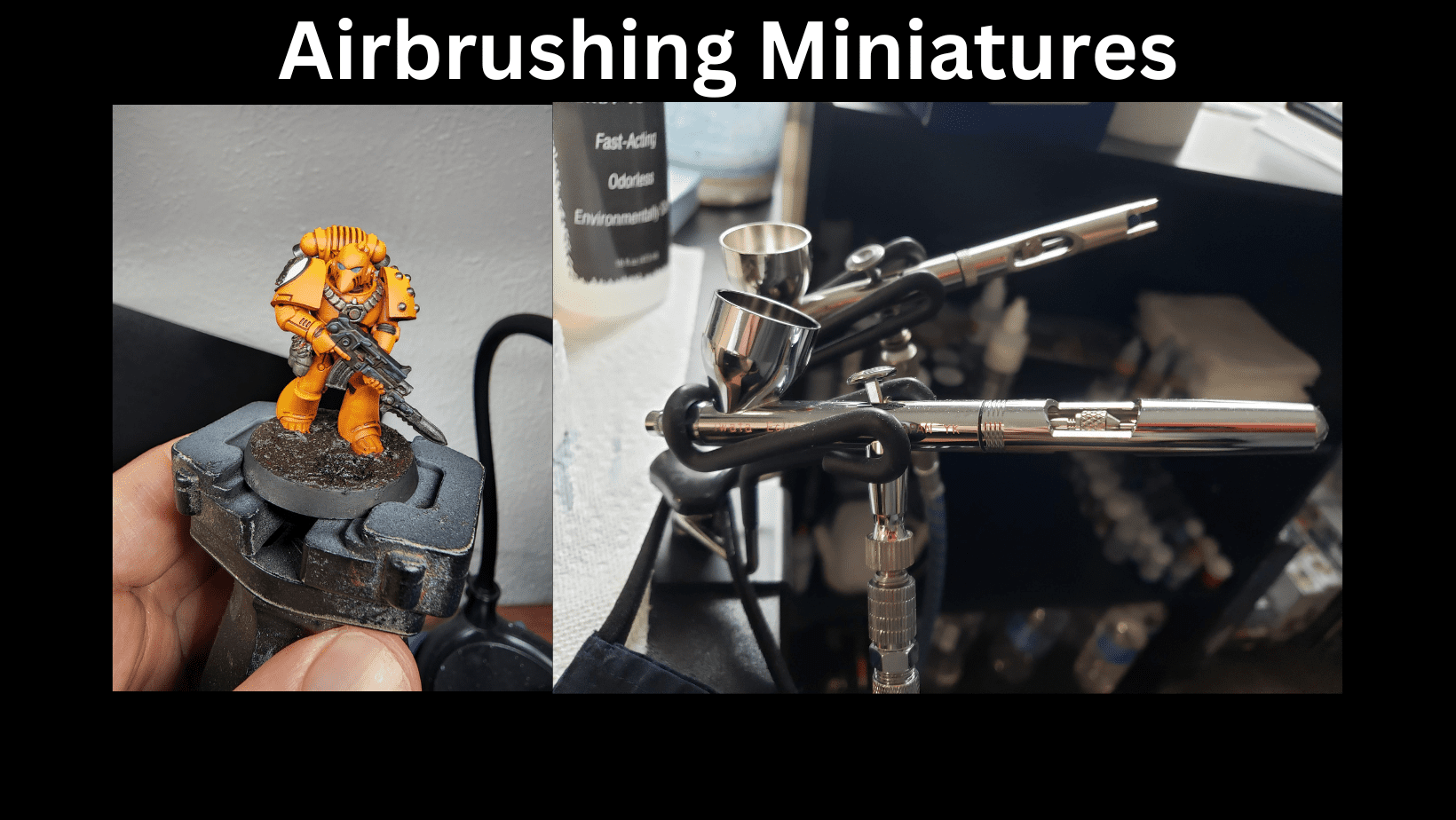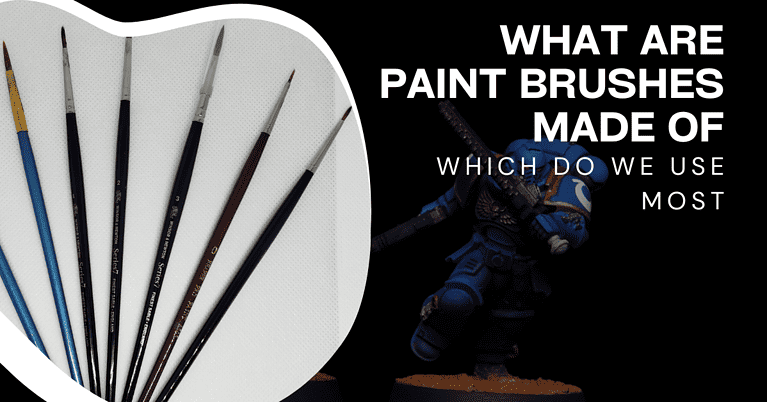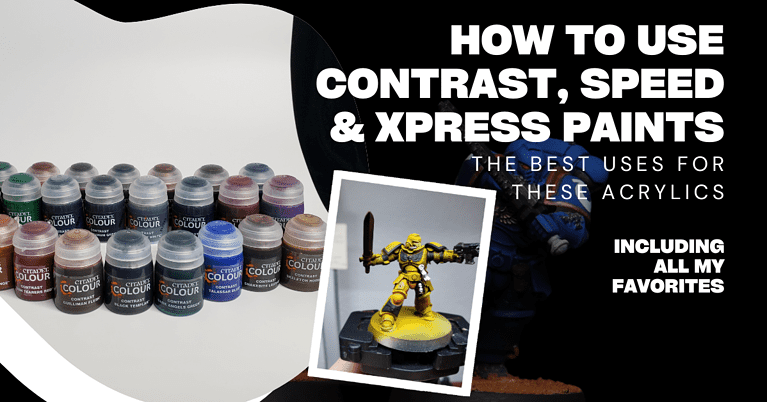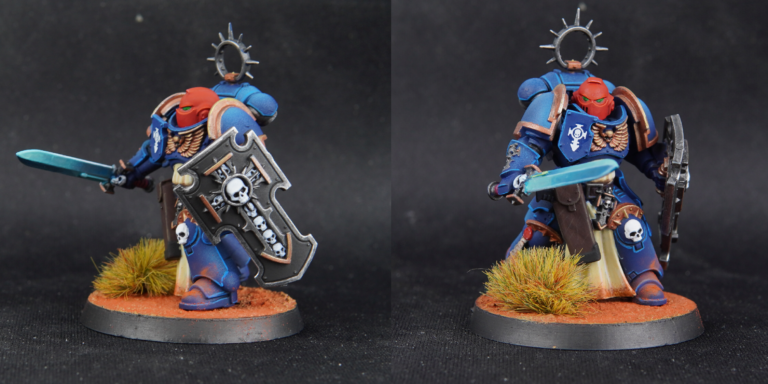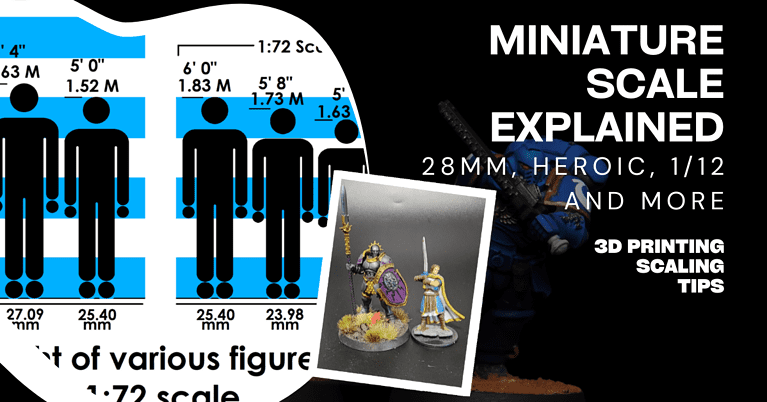What is Pin Washing for Miniatures and Models – Most Effective Methods
A great way to drastically improve your miniatures readability and detail
Takeaways
- Pin washing is adding a dark color to areas like panel lines, rivets, nuts and bolts, and any other creases and recesses.
- Pin washing will give a greater sense of detail and depth to miniatures.
- Stronger color in panel lines will make your miniature more ‘readable” meaning it’s easier to see the details.
- Pin washing is an extra step that can take a bit of time, but is often worth the effort
What is Pin Washing for Miniature and Model Painting? Pin washing, also known as panel lining or recess shading, is the technique of adding a dark, thin paint to the deepest recesses of a miniature or model. Pin washes have very low surface tension and are designed to flow to the lowest points. Typically those areas are panel lines and bolts in machines, joints in armor, or areas where one surface touches another and would create a natural shadow.
Pin washing is a more advanced technique for miniature painting. Performing this step will take the miniature above the basic look of a simple base coat. You’ll add more depth and shadow.
What you’ll need for Pin Washing Miniatures and Models
- A thin dark paint, typically black or brown. This can be pre-made or you can make your own with acrylics and water, oil paints and thinner, or enamel paints and thinner.
- Pre made panel liners typically come with applicators on the lid of the bottle
- If you don’t have an applicator, you can use a brush with a very sharp tip.
My recommendation here is to just get yourself some Tamiya Panel Liner for the long term. If you’re just looking to give this a try you can start with either very thinned down acrylic black paint, or if you have any washes you can absolutely use that. A wash like Citadels Nuln Oil or Agrax Earthshade is totally fine for the job, although I think the Tamiya is better.
The Tamiya has a little applicator tip that is perfect to do panel lining / pin washing. If you don’t have that, any paint brush with a sharp tip will work. In this case you want a very sharp tip to prevent the pin wash from going all over the model.
Steps for Pin Washing / Panel Lining Miniatures and Models
- Buy a pre made panel liner or wash, or make your own wash to start out. For acrylics you can begin with 2 drops of water to one drop of paint and adjust as needed. Wash should be thin enough to easily flow into recesses.
- Dip your applicator or brush into the wash and dab off any excess. It’s important to not overload your brush as it will cause overflow into areas you don’t want to shade.
- Touch the applicator or brush onto the recess you are looking to darken. For premade washes just a simple touch will cause the liner to flow into the recess on its own.
- Touch each area you are looking to line with the brush until you achieve the desired effect.
- Any mistakes can be fixed by going back over the area with your original color paint.
The technique itself is very straight forward, you’re literally barely touching the tip of your applicator to a panel line or recess, and the wash does the rest. The low surface tension allows it to quickly and easily flow down to the deepest levels.
The skill involved is not doing too much or having it leak over to where you don’t want it to go. So less is definitely more here. Being precise with the application. Remember that a DIY acrylic wash might not work as well as an enamel based solution made for this process like the Tamiya.
If you do get overflow and some wash on areas that doesn’t look like it should have it, you can simply go back over that area with your original base coat to clean it up.
Ultimately this technique is something you’ll get better at with a bit of practice and patience. Remember that you’re trying to avoid over application. Slow and precise touches with the tip of your brush will yield better results. Don’t overload the brush or applicator.
Give it a try!
Other Considerations
Surface tension of Pin Washes: This term is a measure of how much resistance the surface has. How easy it is for the pin wash to run over the surface. High surface tension will make for a very slow and disjointed flow. Low surface tension will allow for very easy paint flow and this is what we want.
We are considering both the surface tension of the actual pin wash and the miniature you’re placing it on. To reduce surface tension of the miniature or model, you can coat it with a gloss varnish. That will allow for easier application of the wash, although I typically don’t bother with that step.
So if you find the pin wash isn’t flowing like it should, you can either improve the wash itself or the surface you’re applying it to.
Hope this was helpful!

